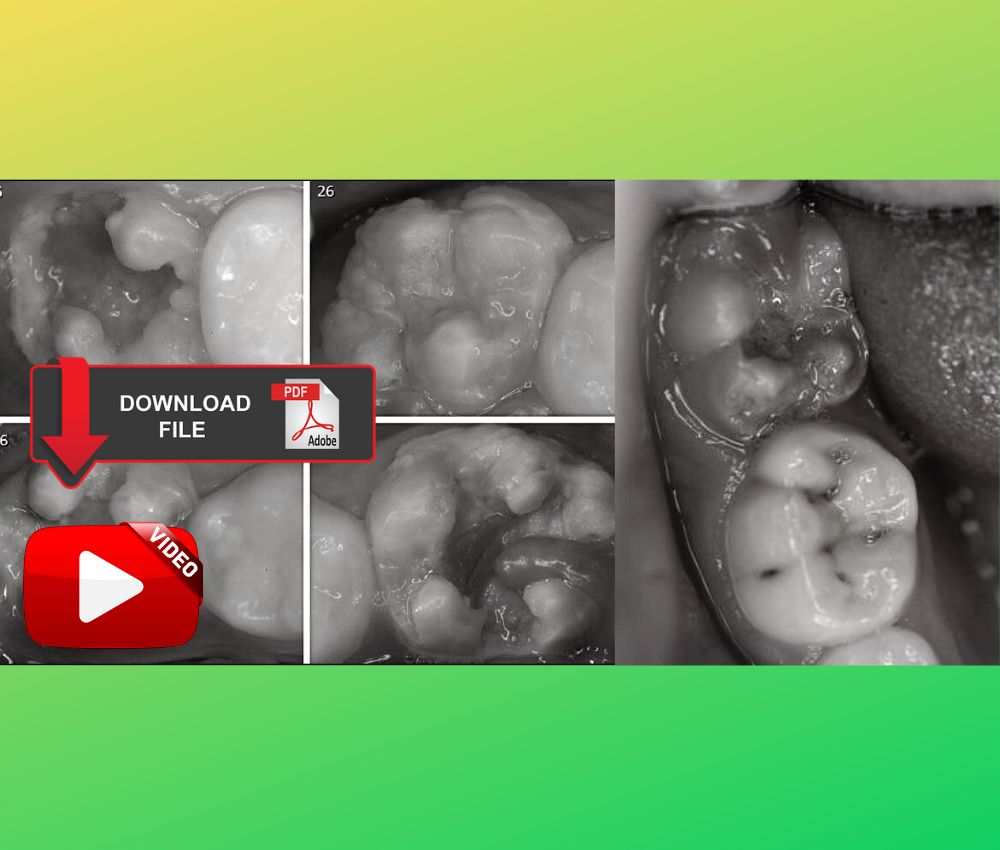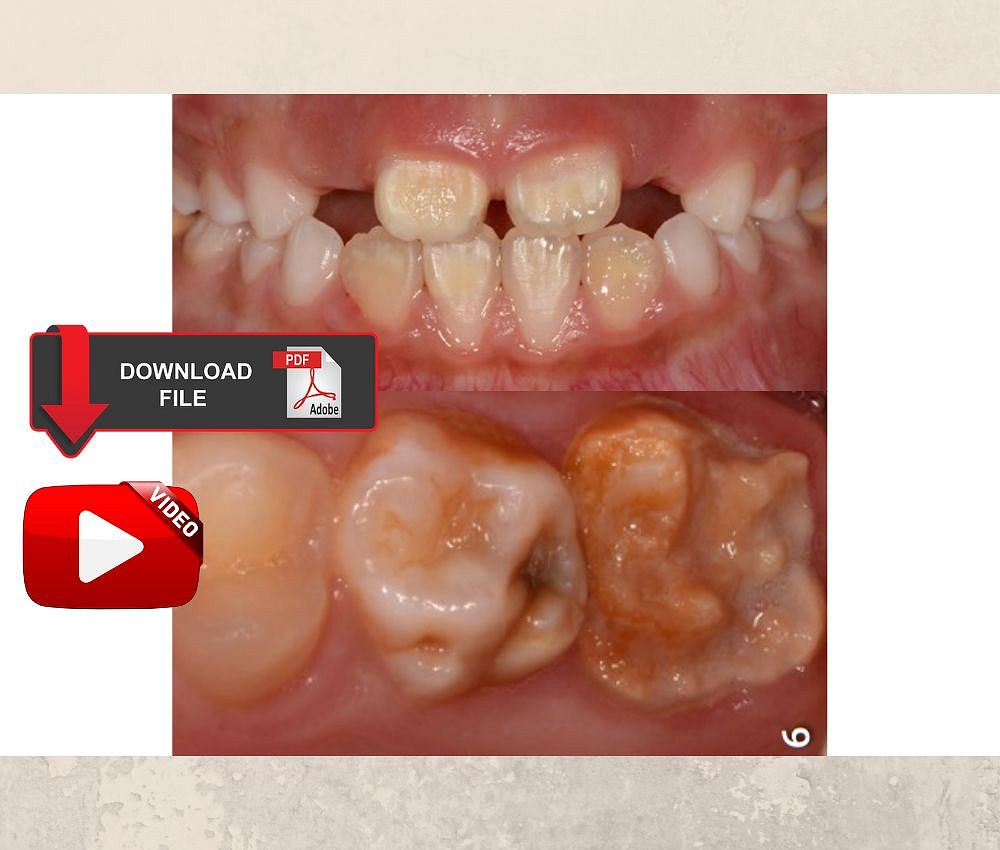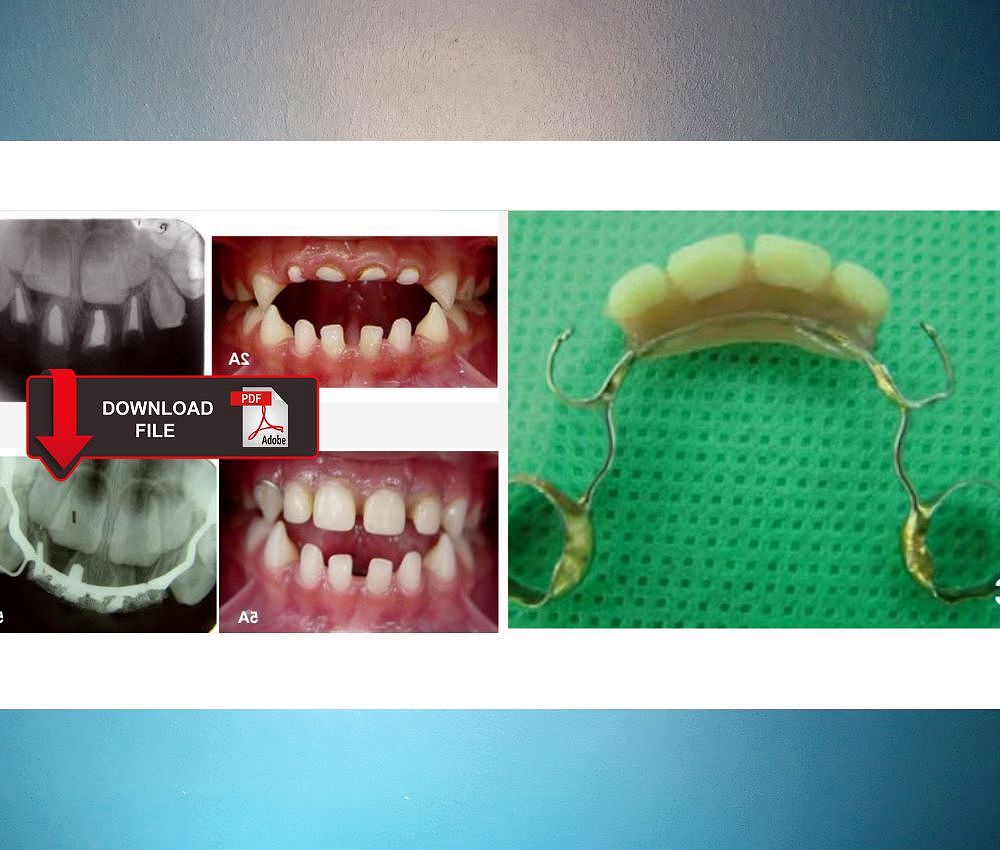Local anesthesia in pediatric dentistry is essential for pain control, cooperation, and treatment success. This article reviews the most effective anesthesia techniques, evaluates comfort levels in children, and discusses common complications and preventive strategies.
📌 Recommended Article :
Dental Article 🔽 Inferior Alveolar Nerve Block: Risks, Complications, and Prevention ... However, due to its proximity to vital neurovascular structures, improper technique or anatomical variations can lead to neurological, vascular, and muscular complications, which may be transient or, in rare cases, permanent.
✅ Introduction
Pain management in pediatric dentistry is crucial for promoting positive dental experiences and reducing future anxiety. The administration of local anesthesia (LA) allows clinicians to perform invasive procedures while maintaining comfort and cooperation. However, children differ anatomically and psychologically from adults, requiring adapted injection techniques and behavioral strategies.
Advertisement
The goal of this article is to analyze the effectiveness and comfort of local anesthesia techniques used in children and their impact on clinical success and patient behavior.
📌 Recommended Article :
Dental Article 🔽 Local Anesthetic Techniques in Dentistry: Injection Sites, Depth, and Safe Volumes ... This article reviews the major anesthetic techniques, emphasizing anatomical landmarks, safe injection depths, and adjusted anesthetic volumes based on patient age and bone density.✅ Main Techniques of Local Anesthesia in Pediatric Dentistry
1. Infiltration Anesthesia
This is the most commonly used technique in pediatric patients due to the porosity of the maxillary bone, which allows easy diffusion of anesthetic solutions.
▪️ Indicated for: Extractions, restorations, and minor surgical procedures in the maxilla.
▪️ Advantages: High success rate, minimal discomfort, easy application.
▪️ Limitations: Limited effect on mandibular molars due to dense cortical bone.
📌 Recommended Article :
Dental Article 🔽 Anatomical Landmarks in Dental Anesthetic Techniques: A Complete Clinical Review ... This article reviews the main anatomical references for each local anesthetic technique in both adult and pediatric patients, emphasizing clinical precision and anatomical variations.2. Inferior Alveolar Nerve Block
Used for mandibular procedures, this technique requires anatomical precision.
▪️ Advantages: Effective for multiple mandibular teeth.
▪️ Limitations: Higher risk of complications such as hematoma, trismus, or nerve injury, and more discomfort during administration.
📌 Recommended Article :
PDF 🔽 Local anesthesia calculations: How to avoid overdose and toxicity in pediatric patients? ... We share an article that teaches us what are the symptoms of local anesthetic systemic toxicity in pediatric patients, and also how to properly calculate local anesthetics.3. Intraligamentary and Intrapulpal Anesthesia
Applied when traditional techniques are insufficient or contraindicated.
▪️ Advantages: Immediate onset, minimal systemic absorption.
▪️ Limitations: May cause postoperative discomfort or localized tissue damage.
📌 Recommended Article :
Dental Article 🔽 Manual of Local Anesthesia - Anesthetic techniques and anatomical references ... This article reviews its definition, etiology, clinical diagnosis, differential features, and evidence-based treatment approaches to guide pediatric dentists and clinicians in accurate management.4. Topical and Computer-Controlled Local Anesthesia (CCLAD)
Topical anesthetics reduce the pain of needle insertion, while computer-assisted delivery systems control injection pressure and flow.
▪️ Advantages: Increased comfort and reduced anxiety.
▪️ Limitations: Requires specialized equipment and cost considerations.
💬 Discussion
Pain perception in children depends on age, fear level, and prior dental experience. Studies show that techniques like infiltration and CCLAD produce higher comfort and cooperation levels compared to nerve blocks (Ram & Peretz, 2021).
The choice of anesthetic solution (e.g., lidocaine, articaine, mepivacaine) influences onset time and duration. Articaine, for instance, offers faster onset and better diffusion, making it suitable for infiltration in both arches (Kämmerer et al., 2020).
Behavioral management techniques, including tell-show-do, distraction, and parental reassurance, complement anesthesia and reduce fear-related resistance.
📌 Recommended Article :
Dental Article 🔽 Inferior alveolar nerve block Technique For Children - Tips and tricks ... The inferior alveolar nerve block technique is one of the most used, because it blocks the painful sensations of half of the tongue, lip, teeth and bone of the lower jaw.✍️ Conclusion
Effective local anesthesia in children ensures pain-free and cooperative dental treatment, contributing to a lifetime of positive dental attitudes. Technique selection should depend on the child’s anatomy, age, and anxiety level. Incorporating technological advances like CCLAD systems and topical anesthetics enhances comfort and minimizes complications.
🔎 Recommendations
▪️ Evaluate each child’s medical and behavioral profile before choosing the technique.
▪️ Use topical anesthesia and gentle injection techniques to minimize discomfort.
▪️ Prefer infiltration anesthesia for most pediatric cases; use nerve blocks only when necessary.
▪️ Train clinicians in behavioral management and pain-control technologies.
▪️ Implement post-anesthesia follow-up to detect and manage complications early.
📊 Common Complications of Local Anesthesia in Children
| Aspect | Advantages | Limitations |
|---|---|---|
| Soft tissue injury (lip or cheek biting) | Usually self-limiting; minor tissue damage | Pain, swelling, and ulceration post-anesthesia |
| Hematoma | Rare; resolves spontaneously | Facial swelling and discomfort; aesthetic concern |
| Trismus | Indicates tissue reaction and can guide technique improvement | Difficulty in opening mouth; may affect eating or speech |
| Nerve injury | Extremely rare; transient in most cases | May cause temporary paresthesia or altered sensation |
| Allergic reaction | Identifies sensitivity for future anesthetic selection | Potentially severe; requires emergency management |
📚 References
✔ Kämmerer, P. W., Schneider, D., & Daubländer, M. (2020). Clinical comparison of 4% articaine with 1:100,000 epinephrine versus 2% lidocaine with 1:100,000 epinephrine for local infiltration anesthesia in children. Clinical Oral Investigations, 24(1), 411–417.
✔ Ram, D., & Peretz, B. (2021). Efficacy of computer-controlled local anesthetic delivery system in pediatric dental patients. Journal of Clinical Pediatric Dentistry, 45(2), 82–87.
✔ Sarmiento, S., & Ramírez, A. (2022). Complications of local anesthesia in pediatric dental patients: A review. International Journal of Paediatric Dentistry, 32(3), 345–352.
✔ Malamed, S. F. (2019). Handbook of Local Anesthesia (7th ed.). Elsevier.
📌 More Recommended Items
► Allergic manifestations to local anaesthetic in pediatric dentistry: Prevention and management
► Preoperative Considerations for Pediatric Dental Anesthesia: Safety, Assessment, and Best Practices
► Pediatric vs Adult Anatomical Differences in Local Anesthesia: Clinical Implications for Dental Practice









